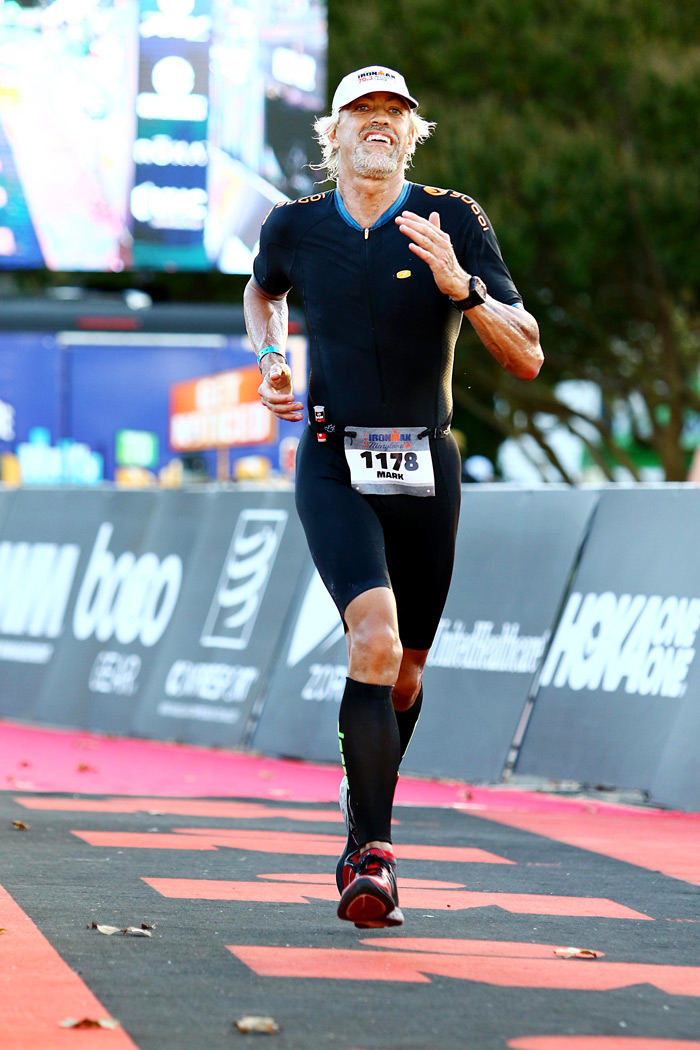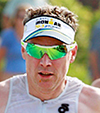Today more than ever we are surrounded by (and virtually drowning in) information, data and metrics in all aspects of our lives. All it takes is a click of a mouse, a flip of the wrist or even a spoken word into a phone and the answers to all of our questions are right there in front of us.
This is particularly true for the triathlete, who tends to be an early adopter of the newest technologies feeding us this information. Functional Threshold Power (FTP), VO2max, Heart Rate (HR), Training Stress Score® TSS®, etc., are all acronyms triathletes, especially the data-driven triathlete, are familiar with. The issue isn’t the need for more information, but rather what to do with all that data.
 | Have you heard about Coach Match?Check out the TrainingPeaks Coach Match Program and get a hand-picked coach who will help you meet your goals. |
In my experience as a coach I tend to see three types of athletes. First, there is the Luddite, the individual who knows nothing about data, what it means or how it applies to racing and training.
Next there is the Neophite, the athlete who dabbles in metrics, has a vague understanding of the numbers but not necessarily how to use or apply those numbers.
And finally, there is the Obsessor, the athlete who looks at each and every segment of training and is often obsessed with taking those numbers to an extreme, sometimes to the detriment of their overall training plan or racing goals.
To help you as an athlete better understand data, not only so you can train better but also to have more success in racing, I would like to use one of my athletes, Mark, as a case study. As a Level 2 TrainingPeaks Coach, I have had the pleasure of working closely with the TrainingPeaks staff and their Coach Match program to aid athletes in finding the best coach to suit their goals and level of ability.
Mark and I were matched together through the Coach Match program, and have enjoyed much success as the result of our mutual affection for data-driven training, but also because of my ability to help temper his obsession with raw numbers and instead focus on his training plan as a whole.
In my work with Mark and other data-driven athletes, I have discovered some tips on how to balance your love of data with your overall training program.
Don’t be a slave to data, nor let it control all aspects of training and racing.
Mark was the third type of athlete mentioned above; he obsessed about his numbers. As his coach the first thing I did was take away his data, forcing him to regain the intuitive sense of training.
There was a little hesitancy at first, but after the first week of training by feel Mark said it was one of most enlightening things a coach had done for him. We still recorded the sessions, reviewing afterward, comparing his perceived sense of the session versus the data in order to help him regain that intuitive understanding of performance.
Don’t chase numbers.
It is easy to get caught up in the hoopla of Peak Performances, Strava KOMs or just to brag about your FTP, but if these don’t align with your race goals, you are simply exercising rather than training.
It took quite a while during the beginning of our relationship for Mark to understand this. If you have a good coach with a well thought out and organized plan, the numbers will come, but more importantly you will also be able to achieve the goals you’ve set come race day.
Understand what the numbers mean and how to apply them.
Once you are equipped with a better understanding of how to link your intuitive sense of training to what the numbers reflect, it is time learn what the numbers mean and how to apply them to your training.
As a coach, I do more than simply write the training plan. In my opinion, a coach’s responsibility is to educate the athlete as to the whys and wherefores regarding the numbers and how they integrate into their training.
Mark had a heavy race schedule, which was set up before signing on with me. He also had a lot of stress outside of training. Knowing this, I kept a keen eye on certain numbers, particularly heart rate, both average and max during key sessions.
A trend started to develop where Mark was unable to meet expected heart rates, leading me to believe he was overreaching. We took an unscheduled recovery week, focusing on form, decreasing duration and intensity, then returned back to regular training once he was more able to meet the goals of each session.
Use the numbers to your advantage.
As a data-driven athlete, there are many tools out there to help you perform better on race day. One of those tools is Best Bike Split (BBS). For those who may not know what BBS is, take look at it, as it could be your “secret weapon” on race day, especially for long course athletes.
For Mark, knowing his FTP, his chosen race and a few other metrics, we were able to come up with a predicted necessary output come race day for him to meet his goals. Additionally, I was able to build a file using info from BBS to simulate the course on his trainer. I was able to use this in specificity training sessions during his race build, making him very prepared for the demands of the day.
Don’t be a slave to the numbers; make adjustments when necessary.
Armed with all the info we had garnered during his months of training, race simulations and BBS data, Mark and I felt well prepared for race day. However, as the adage goes, “Best laid plans of mice and men often go awry,” we were thrown a wrench in the days leading up to the race.
Race day was going to be extraordinarily hot and humid, not something we planned on for a late October race. So in a pre-race phone call we decided to back off the race-day predicted bike wattage output by 10 watts. While this would cost Mark time on the bike, it would leave more fuel left in the tank come the run.
Well, a happy post-race call is what all coaches dream of, and during ours Mark stated he had the race of his life—that the plan was perfect and he felt strong despite the unusually hot conditions. In fact, he bested all three of his training buddies, even though he was at least 15 years older than they were.

In conclusion, don’t get lost in the data. Data is exactly that—data. We can use data to become better athletes, but we are not better athletes just because of what those numbers say.
Also, a coach, especially one who knows and understands the data, can be your biggest asset, not only in training but also come race day. And finally, the athlete and the coach have to work as a team to dig into the meaning behind the data and then use it to not only improve training but also race day results.
Interested in finding the right coach to help you reach your goals? Let us help! Learn more about our Coach Match Service and how we can help hand-select the coach who meets all your needs. Questions? Email kgoldberg@trainingpeaks.com.



